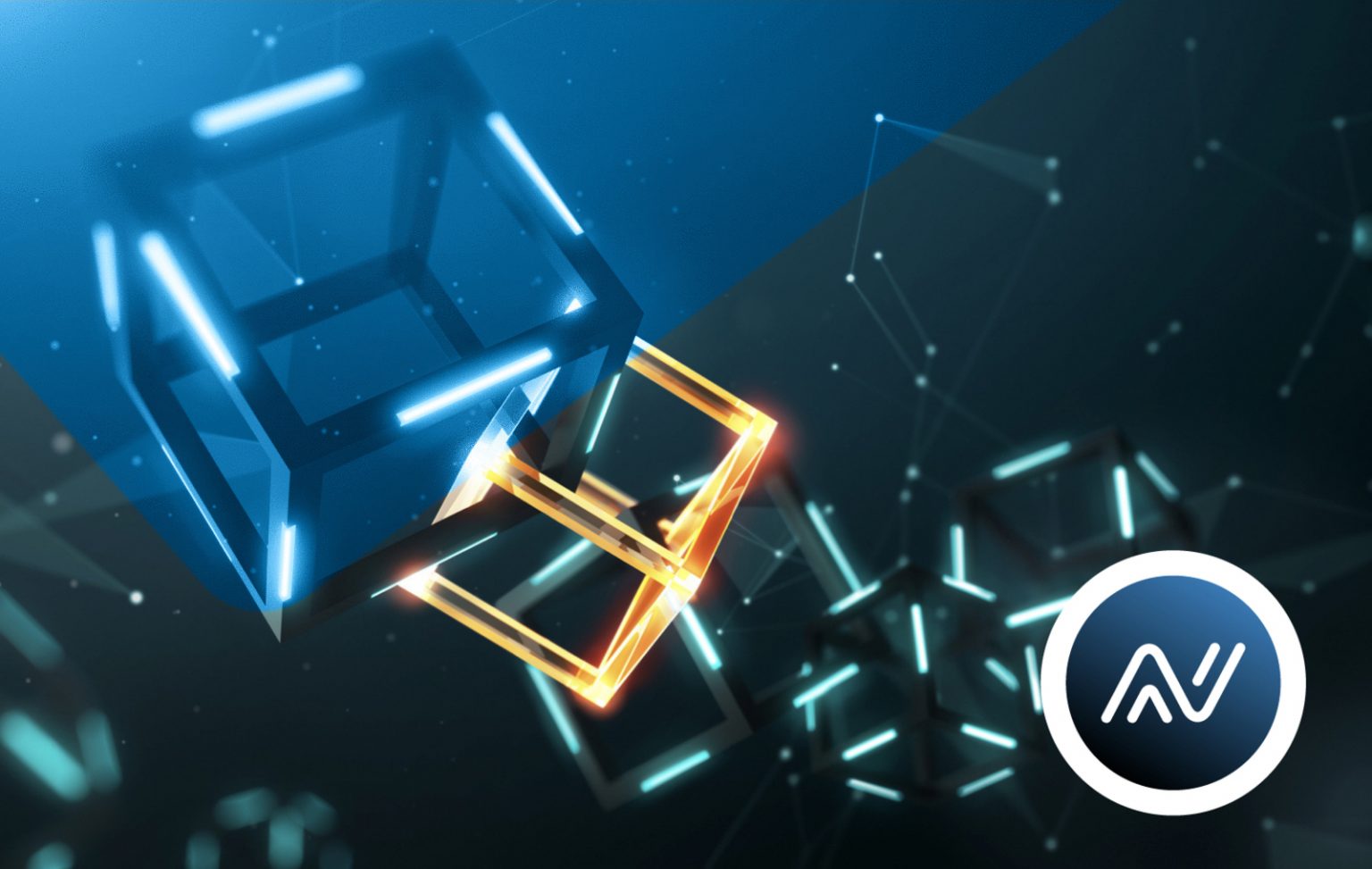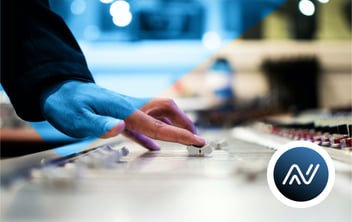Blockchain: how it can make transactions more secure
What is the buzziest of buzz words within the Fintech scene as of now? Blockchain couldn’t be missing, of course, from our blog posts, as it represents one of the core technologies strengthening ANote Music’s system. What is it, really? How is it related to the end user, and why is it proving to be a perfectly valid component of IT architecture for businesses?
In transactions we trust
We may start with an example: You issue a regular bank transfer, let’s say, on the online platform of your bank, or directly on a payment terminal. At that moment, your bank, of course, identifies you. But you also identify your bank (directly, from the HTTPS certificate that you can verify on a website, or indirectly, as the only entity capable of letting you know precisely the balance of your account). In the case of offline transactions, however, one could argue, that it’s a real pity that you weren’t able to verify the bank’s identity beforehand, way before inserting your card’s PIN or profile password.
But the real flaw comes in the fact that the bank is technically capable of generating and processing transactions without you getting really involved. Isn’t this , anyhow, kind of what happens when your bank’s annual fees get deducted automatically from your account? As an end user selecting a bank over another, you MUST have some blind trust in the bank not debiting your account and then hiding their actions; actually we wouldn’t be able to tell if this has already happened to us.
Any transaction requires trust between parties. Banks used to have people’s de facto trust, but over the past decades this has been decreasing seemingly. Due to a series of financial crises, big cases of fraud and increasing costs, the general public started to question how trustworthy banks still are. And, here, Blockchain comes to save the deal, allowing us to create trustful transactions without the need of huge two-way audits beforehand. This is really valuable not only for individuals or big corporations, but also for smaller enterprises. Over the past two years, we have seen more and more international financial institutions and banks adopting Blockchain into their services. This trend is very likely to continue in the run of 2020 and the coming years.
A general reminder on Blockchain
So what’s Blockchain anyways? To keep it short, we can stick to the fact that it is a series of blocks of data and other reports, linked together in a chronological order, containing information pieces that are commonly shared -and, mostly, accepted- by all the parties involved in a transaction. We are not going to analyze any technical details or algorithms here, but even if we see it as a black-box, we can get a glimpse of its inputs and outputs: a bunch of data, of any form or content, is submitted by an actor in order to be added to the chain. After a thorough review by all counterparties, it is then cryptographically linked to the previous end of the chain, and finally becomes unchangeable.
At first, this technique was used solely for exchanging money on the chain, recording direct transactions between actors. As the time passed, engineers found other ways to exploit this feature. It is what we know today as Smart Contracts.
Smart Contracts are entities on the chain, such as physical actors, to which one can send messages to alter their state. As such, they represent a distributed database that no one can alter – though everyone can read.
Is there any catch?
Today, in Europe, one of the most prominent problems for Blockchain remains GDPR: this new EU regulation forbids all companies to use personal data in unattended ways, and also to distribute it to unadvertised partners. For this reason, storing any personal information on a Blockchain which is not completely held within the company bearing the GDPR rights, probably wouldn’t be fully compliant.
Secondly, Blockchain can actually still be quite slow. While that harmonious and commonly agreed algorithm we referred to previously, is strongly secure and allows to build immutable chains, it does take time to reach this unified consensus. The processed transactions per second remain very low comparatively, and that is the main reason why it can be quite limiting to processing systems that depend on high-speed legacy transactions.
Even though the technology is already pretty advanced considering its short lifespan, we believe that as the technology gets more and more adopted by the general public, big institutions and governments, we will see it evolving a lot, along with the growth of its efficiency.
ANote Music and Blockchain: Our love story
ANote Music doesn’t act particularly different from your bank when it comes to generating transactions (except that it actually uses a third party – trusted by the Luxembourgish Government – that can be instructed to create transactions).
To make operations auditable from day one, ANote Music chose to use a blockchain. Each user has their own anonymized Smart Contract, allowing them to sign in electronic transactions. This Smart Contract activation cannot be triggered by ANote Music, as it requires some derivative of the user’s password in which ANote Music does not have access to. This is also the reason why we require users to build a very strong password in the first place. Furthermore, each listing has its own Smart Contract, capable to persist for eternity all transaction requests it receives.
When a user issues a transaction on the ANote Music Platform (a transaction can be a bid on the first market or a second-market order, or an expressed will to import or export fiat money), the platform asks them to confirm their password. That allows their browser or mobile device to sign the request and register it in the Blockchain, and lets the ANote Music Platform to execute it straight away, in order to avoid unnecessary waiting time for the user. If any state of the platform has to be proven, whether that would be users’ balances or the holders of a song’s shares, one can easily “unfold” the Blockchain to recover the current state. In doing so, the ANote Music Platform allows a clear transparency to its users. This allows us to create a trustworthy relationship with our users, something we have been really prioritizing since the conception of ANote Music.
Obviously, the Blockchain is immutable only if we are not the only ones operating it. That is why every major listing open gives the right to operate a node of our Blockchain, reinforcing trust within all actors of the ecosystem.
So, after reading this, you’ll realize that the next time ANote Music asks you to insert again your password before allowing your order to go through, the whole chain is being built, with the aim to protect your money and get it transferred securely. You’ll be glad to confirm, and we’ll be glad we helped!



